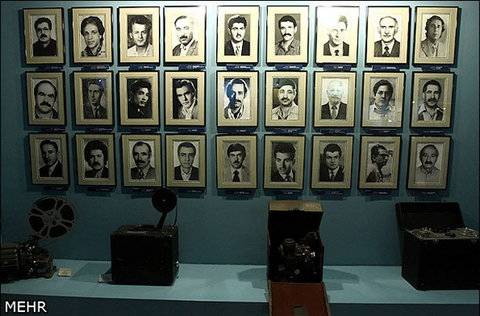“During its one hundred years of life, the Iranian cinema has produced unprecedented, admirable and ever-lasting cinematic works that will forever remain in the memory of those who share a passion for the culture and art of this land,” Bahram Ghasemi said in his message on Tuesday.
He went on to add, “the impressive and influential presence of Iranian cinema in numerous international film festivals has presented a clearer and more profound image of Iranian culture and arts to the world.”
Ghasemi further thanked all the members of the great and hardworking family of Iran’s cinema who have improved the place of Iranian nation and arts in the world by making use of the diplomacy of arts and cinema and presenting an accurate understanding of the realities of Iran.
Iran has been celebrating Cinema Day on September 12 since 2000 when the country hosted a festival dedicated to the 100th anniversary of the cinema of Iran. The history of Persian cinema began in 1900 when the King of Persia Mozaffar ad-Din Shah Qajar instructed the royal photographer Mirza Ebrahim Khan Akkas Bashi to purchase filmmaking equipment in order to document the Shah’s visit to Europe.
The first public screening in Iran took place in 1904. The first feature-length film, titled 'Abi and Rabi', was made in 1930 by Ovanes Ohanian. The first sound film was ‘Lor Girl’ made by Ardeshir Irani in 1933. The first Iranian female filmmaker is Shahla Riahai who made ‘Marjan’ in 1956. Iranian cinema’s first and only Palme d'Or was awarded to Abbas Kiarostami’s ‘Taste of Cherry’ in 1997. The first Academy Award for an Iranian film was awarded to Asghar Farhadi’s ‘A Separation’ in 2012.


Your Comment